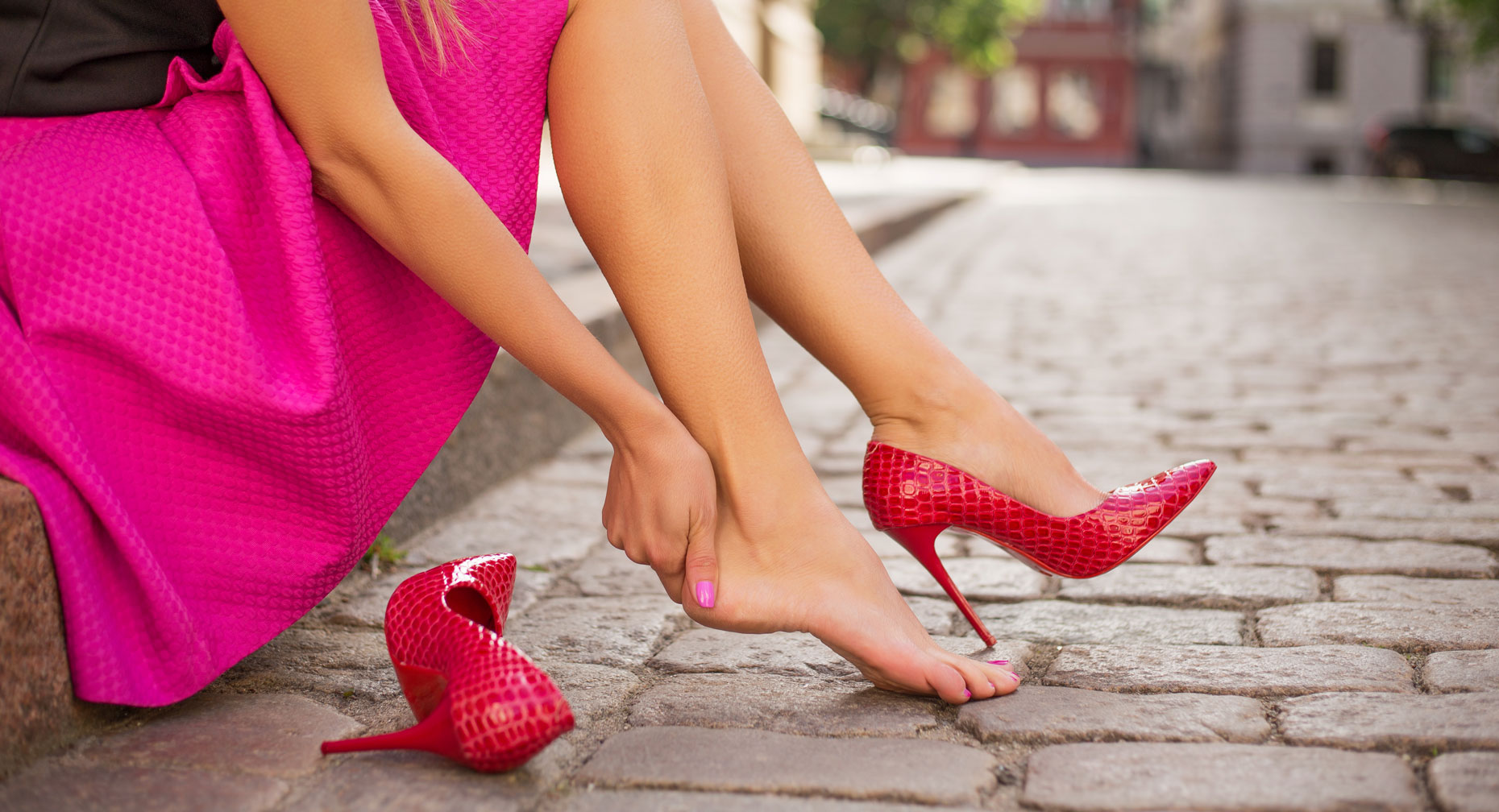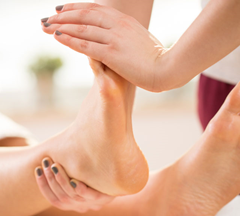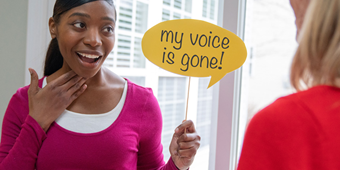Sidestepping the Hazards of High Heels

Find Your Perfect Match
Answer a few questions and we'll provide you with a list of primary care providers that best fit your needs.
You may love your fashionable high heels — but your feet don’t. In fact, wearing those towering heels day after day can lead to sprains, falls, backaches, and more.
Don't Let Stilettos Set You Up For Painful Sprains
What you put on your feet can actuall y change how you walk. With teetering heels, it’s
not for the better. But despite warnings from health professionals, many women aren’t ready to leave their heels at home just yet. Keep in mind that over time, wearing high heels:
y change how you walk. With teetering heels, it’s
not for the better. But despite warnings from health professionals, many women aren’t ready to leave their heels at home just yet. Keep in mind that over time, wearing high heels:
- Weakens and shortens the muscles in your calves and ankles. Triggers pain in your back, knees and feet
- Shortens your Achilles tendon. Causes you also take shorter steps
- Weakens ankle strength. Makes sprains and other ankle injuries more likely
- Impairs your balance. Forces the foot into an unstable position, making it easier to fall
- Affects blood flow in your legs. Can cause varicose veins
- Causes bunions. These unsightly bumps on the side of your foot are formed when the big toe is pushed toward the second toe.
- Leads to corns, calluses and heel pain
- Triggers muscle fatigue
- Puts extra stress on your knees. This can lead to injury
- May up your risk of developing osteoarthritis
What you put on your feet can actually change how you walk. With teetering heels, it’s not for the better.
How To Buy Stylish — And Safe — Shoes
Stay in step with fashion and keep your feet comfortable by following these tips:
- Buy lower-heeled footwear. Heels that are wider and less than 2 inches high will give you more support and not affect your balance as much.
- Choose shoes with a wide toe box and ample arch support.
- Shop for shoes later in the day. Your feet may be slightly bigger then.
- Give your feet a break from 24/7 heels. Slip on comfortable flats or sneakers for walking.
If you can’t resist those trendy heels, try a combination of stretching, plus strength and balance training, to minimize the risk of injury. And treat yourself to a professional foot massage. Not only will it feel great, a massage improves circulation, reduces tension and relieves pain.
Find Your Perfect Match
Answer a few questions and we'll provide you with a list of primary care providers that best fit your needs.
Source: International Journal of Clinical Practice; Arthritis Foundation




